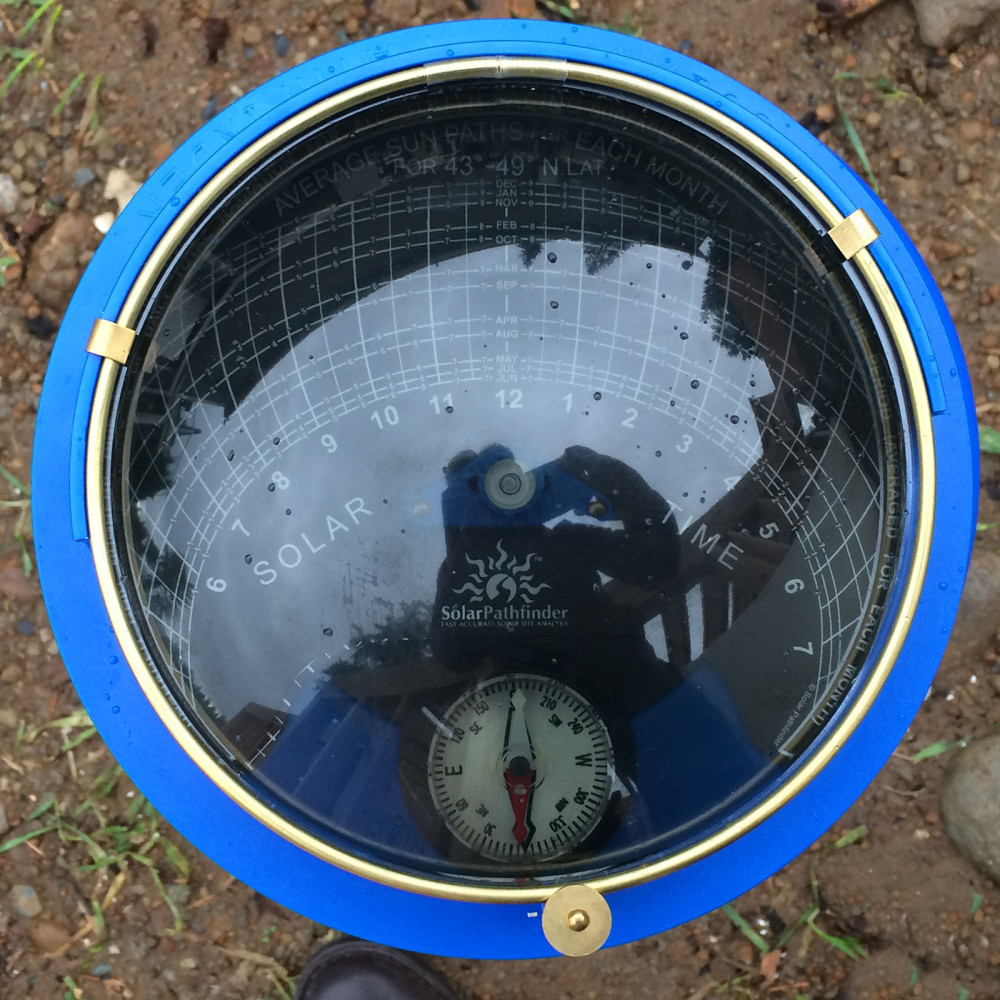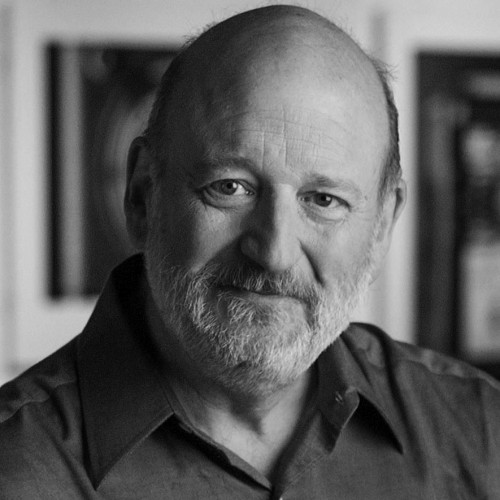
One of the many aspects of site specific architectural design now standard practice in our pre-design research process is to acquire a forensic understanding of the shading conditions that will alter how our architecture will be exposed to the sun over the course of each year.
Designing high performance buildings, there is far less room for intuition and assumptions commonly taken for granted in the design and construction of 'mainstream' buildings (dumbly normalized as 'built to code' construction). For example, the thermal dynamics of elements such as interior plumbing may have little if any apparent impact on mainstream construction, but have a significant impact on the interior climate of a high performance building, because both the cold and hot water lines contribute to heating or cooling loads to such a degree they should be accounted for in the design of the project. Another example would be the shading conditions that exist on the project site created by surrounding topography, buildings, vegetation, or any other sun-blocking elements.
The daily exposure to solar radiation is obviously an enormously important variable to fully understand as a prerequisite to intelligent design. The images to the right show the instrument we use to determine the actual solar exposure conditions for each site - including crucial documentation of site-specific conditions such as adjacent buildings, planting, topography, and other existing or potentially existing physical conditions. (Notice that in this case, ground level southern windows will see virtually no sun here from October through February. Ever.)
The precision of this instrument and the fine grained data we harvest from it would be interesting but perhaps of limited practical use were it not for the sophisticated computer modeling tools we now rely on: The actual solar radiation each proposed surface of our architecture will be exposed to is accurately accounted for, informing and influencing our design process and product.
In this specific example, when we loaded all the solar data brought back from the site into our computer models, we saw a dramatic reduction in summer cooling loads. That is great news, because of course high performance building design is just as concerned with summer comfort and energy use as winter comfort and energy use, and in fact summer conditions are often the more challenging ones to address.

